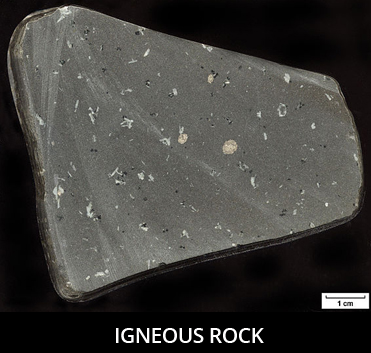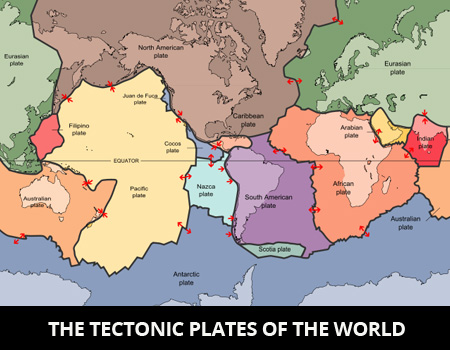Earth’s Crust Facts
When you hear the word “crust,” what do you think about? Pizza crust? Pie crust? Crust of bread? Well, did you know that the planet Earth has a crust too? That’s right!
Earth is divided into three layers: the crust, the mantel, and the core.
Read on to learn everything you need to know about Earth’s crust. You can also try our fun activity which teaches you to how to make a model of the Earth’s layers!
Where is Earth’s crust?
The crust is the Earth’s outermost layer, meaning it’s the layer closest to the surface. We live on top of Earth’s crust, and it stretches under both the land and the oceans.
What exactly is Earth’s crust?
Unlike a pizza crust, Earth’s crust is not soft or flexible. In fact, it’s extremely hard, because it’s made up of different rocks and minerals.
Continental crust is the crust under the land (aka the continents), and it’s made mostly from a rock called granite. It’s also made up of igneous, sedimentary, and metamorphic rocks.
Under the ocean is oceanic crust, which is made mostly from a rock called basalt. It is also made up of iron, oxygen, silicon, magnesium, and aluminum.
While continental crust is thick and light-colored, oceanic crust is thin and very dark. Oceanic crust is only about 3-5 miles thick, but continental crust is around 25 miles thick.
25 miles may sound very thick, but the crust is actually the thinnest of Earth’s three layers, making up only 1% of Earth’s volume.
The lithosphere
To have a really good understanding of Earth’s crust and its importance to our planet, you need to know that it is part of the lithosphere.
The word “lithosphere” refers to the crust and the top part of the mantle, which is the layer right underneath the crust.
The lithosphere is divided into pieces called tectonic plates. You can think of tectonic plates as giant rocks that “float” across the lower part of the mantle.
Sometimes these plates move apart and sometimes they bump into each other. Sometimes one plate may slide under another plate.
There are about 10-20 crustal plates on the planet, and they all move at different speeds. The Eurasian plate is the slowest, and it moves less than an inch each year.
The fastest plate is the Cocos plate, which moves about 8 inches per year.
Even though a few inches of movement in a whole year doesn’t sound like very much, the movement of the plates is a big deal!
That’s because the moving plates create all kinds of natural disasters like tsunamis, earthquakes, and volcanoes. Plate movements even help build mountains.
Fun facts about the Earth’s crust
Even though the Earth’s crust can get as hot as 752 degrees Fahrenheit (400 degrees Celsius) at its deepest points, it is still the coldest of Earth’s layers.
Most of the time, Earth’s crust is the same temperature as the surface of the Earth.
The deepest part of the crust is underneath mountains, where it can be up to 43 miles thick.
Were you wondering how scientists measure the movement of the tectonic plates? They use satellites, and there are currently 21 satellites in orbit to measure these movements.
In Russia, scientists drilled 7.5 miles into Earth’s crust. Wow! The crust is the only layer that is shallow enough to be studied by drilling.
The crust is made up of eight different chemical elements, with oxygen being the most abundant (46.6%).
Next time you hear the word “crust,” you can think of more than just pizza or pie.
Now you also know about the crust you walk on every day—Earth’s crust—and the role it plays in volcanoes, tsunamis, the creation of mountains, and more!








